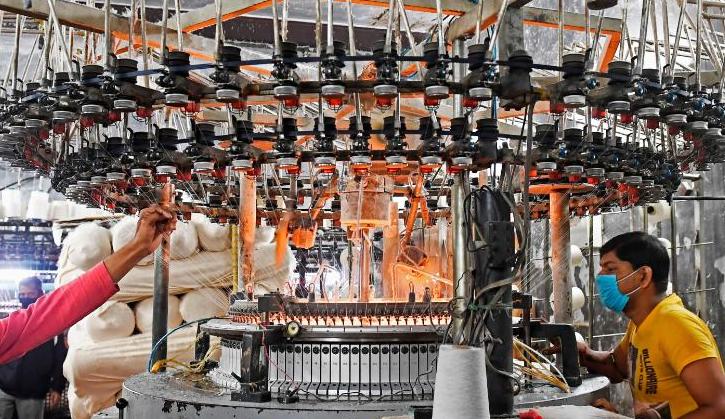By Seshadri Ramkumar, Professor, Texas Tech University
Being nimble and technology adoption are timely needs for the global textile industry.
Today, as a mark of celebrating the 33rd foundation day of the North India Section of The Textile Institute (UK), industry stakeholders joined via Zoom to discuss the way forward for the textile industry and in particular, the Indian sector.
Mr. T. Rajkumar, Chairman of the Confederation of Indian Textile Industry provided detailed account on the Indian industry and outlined schemes for the growth. Value-addition and skill development across the value-chain are needed.
Technical textiles is a sunrise sector and emphasized the need for some mandatory usage of products such as airbags, quality enhancements and standardization. Highlighting how the Indian textile sector geared-up during the current COVID-19 pandemic to make India self-reliant on PPE, he stated the growth of the sector is about 13 percent.
India’s technical textiles sector offers opportunities for growth in double digits. This scribe predicted the growth of this sector, based on empirical modeling using GDP numbers in 2008. The report, “India Rising: Opportunities in Nonwovens and Technical Textiles,” estimated the growth till the year 2050, with an annual growth around 13 percent. Today’s statement by Mr. Rajkumar proves the growth numbers predicted in the 2008 report.
Government of India has to be greatly acknowledged for seeing the potential of this field, with investments such as National Mission on Technical Textiles and the establishment of Centers of Excellence in different fields of the technical textiles sector all over the country. The current Indian government is investing about US$211.7 million for a period of four years till 2024 for this important mission.
Mr. Shirshir Jaipuria, Chairman and Managing Director of Ginni Filaments emphasized the need for agility, speed, and technology in the textile industry. He highlighted four trends, which will impact the Indian sector: 1) Technology; 2) Development of sustainable products; 3) Marketing strategy and 4) Understanding of consumers. Industry should be data-driven and should focus on open and better exchange of ideas, added Mr. Jaipuria. Stating how the IT sector is agile in coming-up with new products, Mr. Jaipuria encouraged the industry to be nimble and adapt to the requirements.
Professor Vijay Kothari emphasized the need for better coordination among academia, research organization and industry. He added, working in silos need to be overcome and integrated approach is needed.
In my view, cost-effective new products which consumers need and focusing on products that cater to health care, environmental and industrial applications are needed. Having said that efficiencies must be achieved in the commodity fibre-to-fashion supply chain as this sector is an important breadwinner.
Post time: May-28-2021








